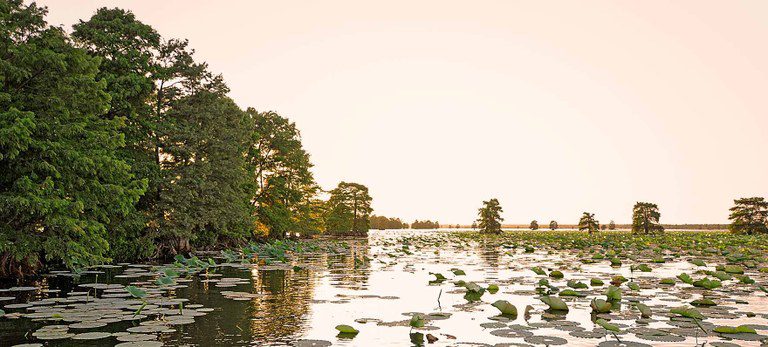Tiger Bass, also known as F1 Hybrid Largemouth Bass, are a popular choice for trophy bass fishing due to their fast growth rates and potential for reaching giant sizes. While vegetation is not the sole determining factor for their growth, certain types of vegetation can provide the necessary structure and habitat for Tiger Bass to thrive and achieve their full potential.
1. Submerged Aquatic Vegetation (SAV): SAV, such as hydrilla, milfoil, eelgrass, or coontail, can be beneficial for Tiger Bass growth. These plants provide cover, oxygenation, and serve as a food source by harboring insects, crustaceans, and smaller fish, which are all part of the bass’ diet.
2. Emergent Vegetation: Emergent plants like cattails, bulrushes, and arrowheads offer additional cover and structure for Tiger Bass. They create pockets and edges that allow bass to ambush prey, while also providing protection for spawning and nursery areas.
3. Floating Vegetation: Floating plants like water lilies, water hyacinths, and duckweed can also benefit Tiger Bass. They create shade, which helps to regulate water temperature and provide cover for bass. Additionally, floating vegetation can attract insects and other small organisms, drawing in bass to feed.
4. Riparian Vegetation: The presence of healthy riparian vegetation, including trees, shrubs, and grasses along the shoreline, can contribute to the overall health of the ecosystem. It helps to prevent erosion, filters runoff, and provides shade, which indirectly benefits the growth of Tiger Bass.
It’s important to note that the specific vegetation requirements may vary based on the region, climate, and the characteristics of the lake or pond. Consulting with local fisheries biologists or experienced anglers familiar with your specific area can provide valuable insights on the best vegetation choices for Tiger Bass growth in your lake.

